
About Andrew Cusack
 Writer, web designer, etc.; born in New York; educated in Argentina, Scotland, and South Africa; now based in London.
Writer, web designer, etc.; born in New York; educated in Argentina, Scotland, and South Africa; now based in London. read more
News
Blogs
Reviews & Periodicals
Arts & Design
World
France
Mitteleuropa
Knickerbockers
Argentina
The Levant
Africa
Cape of Good Hope
Netherlands
Scandinavia
Québec
India
Muscovy
Germany
Academica
In the Old Dutch East Indies
Little Holland’s rule over this vast land – today the world’s largest Muslim country by population – never loomed large in the European imagination (the Netherlands excepted) and thus has been too easily forgotten. Peter van Dongen’s Rampokan series of graphic novels (in Herge’s ligne-claire style) is the most prominent recent attempt to shine some light on the Dutch East Indies and it has obtained a bit of a cult following.
The colonial architecture went through the usual transformations, from awkward hybrids of the motherland and the vernacular to a cool and crisp classical elegance of the later imperial buildings. Henri Maclaine Pont’s work at Bandung is probably the most successful Dutch take on local building traditions, and in some ways Geoffrey Bawa is his spiritual offspring.
The ministries of Indonesia’s government still convene in elegant Dutch colonial buildings, though the names have all changed. The Daendels Palace is now the Finance Ministry, Buitenzorg is now Bogor, and the old Koningsplein is now the Medan Merdeka or Freedom Square.
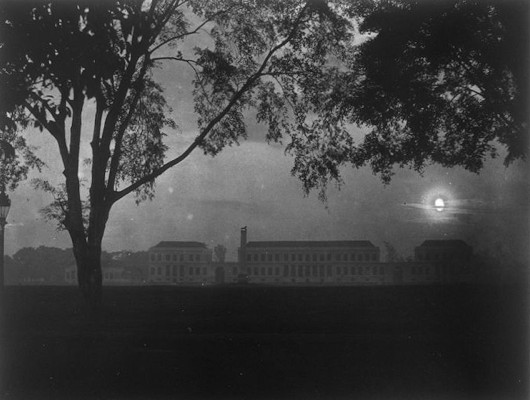
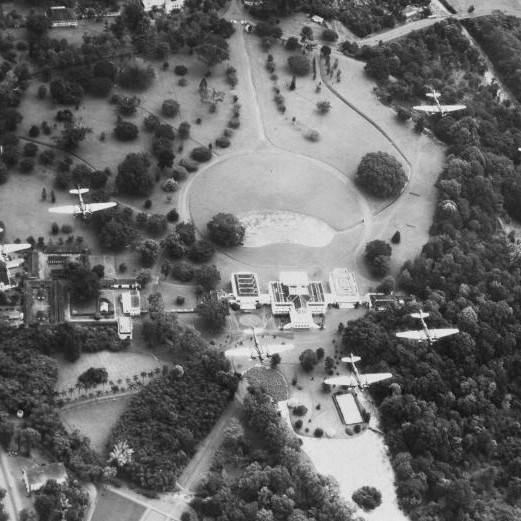
The Buitenzorg Palace, chief residence of the Governor-General
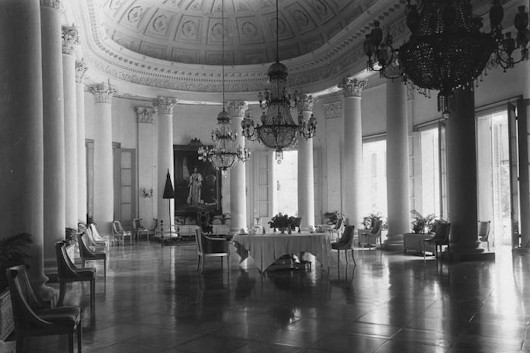
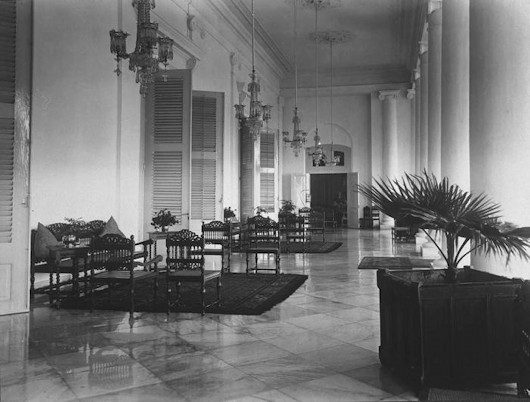
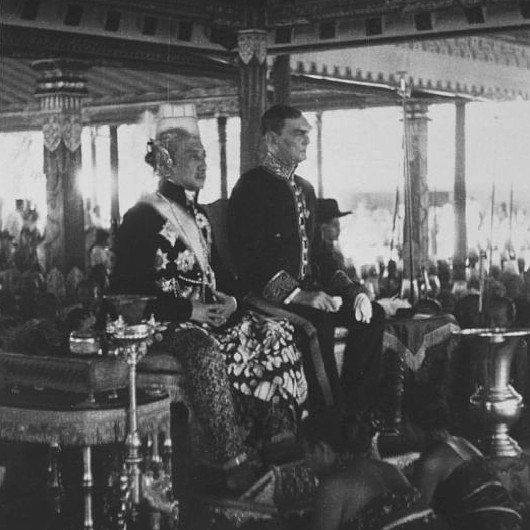
Governor Bijleveld with Hamengkubuwono VIII, the Sultan of Jogjakarta
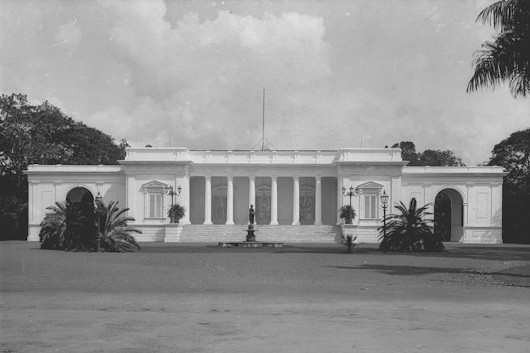
Paleis te Koningsplein, the Governor-General’s town residence
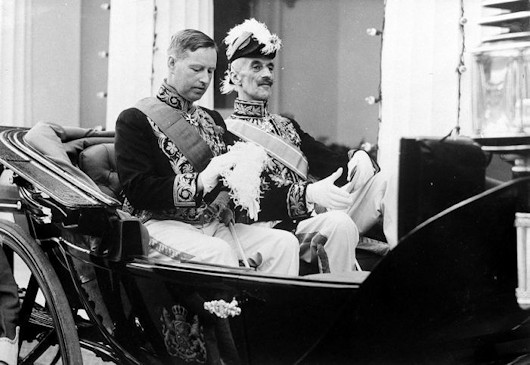
The new governor-general, Jonkheer Alidius Warmoldus Lambertus Tjarda van Starkenborgh Stachouwer, with his immediate predecessor Jonkheer Bonifacius Cornelis de Jonge
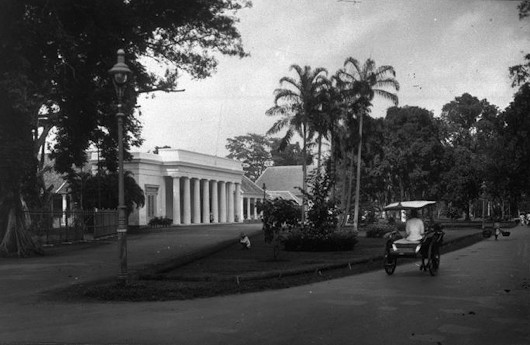
The palace of the Volksraad in Batavia
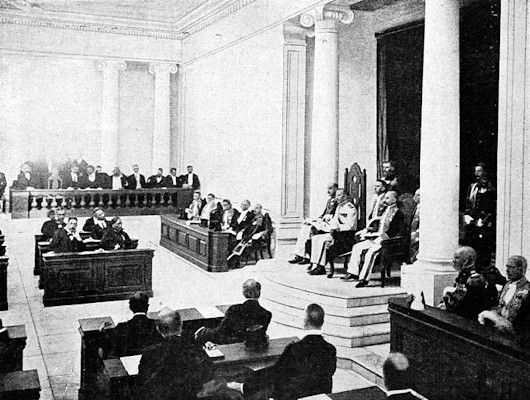
Opening of the Volksraad by Governor-General van Limburg Stirum
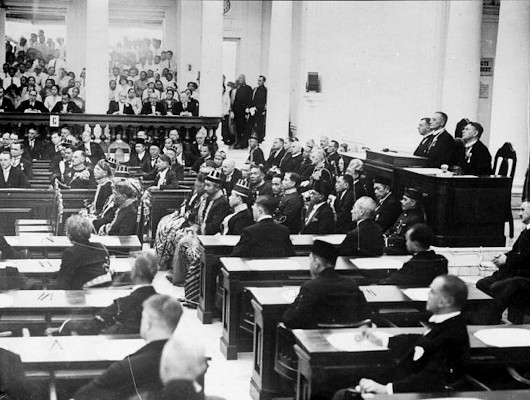
Search
Instagram: @andcusack
Click here for my Instagram photos.Most Recent Posts
- Burns Tower April 19, 2024
- Patrick in Parliament March 18, 2024
- Articles of Note: 13 March 2024 March 13, 2024
- Cambridge March 9, 2024
- Taken on Trust March 4, 2024
Most Recent Comments
Book Wishlist
Monthly Archives
Categories



Maclaine Pont (one of whose daughters married a cousin of mine) was of distinguished ancestry on both sides; his Maclaine ancestor was minister of the Scots church in Rotterdam in the late 18th century, and was of lairdly stock.
He was I think an interesting rather than a great architect; his present prominence (there exists at least one recently published scholarly book on his oeuvre) owes more to political correctness than to the intrinsic value of his work. At any rate, I myself hugely prefer the magnificent examples of classical architecture you illustrate for us here.
Pont became a Catholic in later life: his wife promptly divorced him and took the children back to Holland. He returned later and found little work and was, I was told by his daughter, quite poor and dependent upon his children for support at the end of his long life (he did not die until 1971).